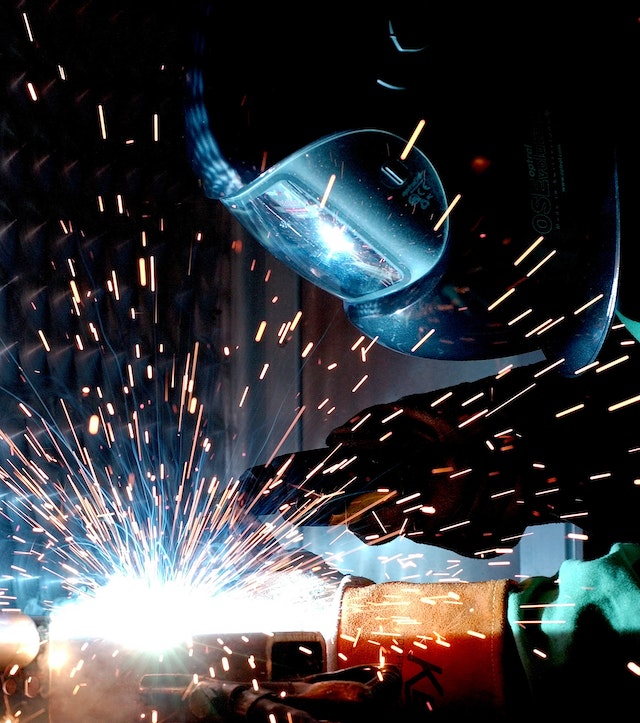During the process of designing and manufacturing an injection mold, there are some features that you will need to pay attention to. These include Part wall thickness, Gate/runner sizing specifications, and Draft angles.
Part wall thickness
Choosing the correct part wall thickness is a vital part of the injection mold design & manufacturing process. Proper selection will help improve the overall cost-effectiveness of your project. Choosing the correct wall thickness can also enhance the overall performance of your part.
The optimal wall thickness depends on the part’s size, shape, and material. Some plastics are best suited for thinner walls. Others may be better suited for thicker walls.
Thin walls reduce the amount of material you need to produce the part. Generally, a thinner wall will cool and solidify faster than a thicker wall. Thinner walls can also save you money.
Gate/runner sizing specifications
The correct gate/runner sizing specifications are critical to your injection molding process. It is because gates are the entry point for molten plastic into the mold cavity. They also control the flow of molten plastic into the mold and affect the quality of your product.
For best results, gates should be located at the thickest section of the component. It reduces the pressure needed to fill the mold and decreases heat loss. It is particularly true for conical-shaped parts.
When the mold cavity is filled with molten plastic, the runner system spreads the melted plastic along the face of the mold. When the mold is closed, the runner system is cut off.
Draft angles
Adding a draft angle to your mold design and manufacturing process is a proven way to improve the part release and reduce production costs. Draft angles help reduce friction during ejection. They also help improve cosmetic finishes and keep non-smooth surfaces uniform.
The proper draft angle is the key to a successful injection molding process. It also helps avoid costly and elaborate ejection setups. The right draft angle also supports easier mold removal. It is also a great way to reduce wastage and the overall product cost.
Draft angles are a great way to improve cosmetic finishes and reduce handling and storage costs. They also reduce the likelihood of parts being ejected from the mold.
Living hinges
Adding a living hinge to your part can be a great way to optimize it for injection molding. Living hinges are thin, flexible pieces that allow a position to bend from one to 180 degrees. They are commonly found in consumer products such as plastic bottles for hygiene products. They are low-cost and easy to manufacture.
Living hinges are typically made of polypropylene or polyethylene. These plastics offer high tensile strength and flexibility. However, it is essential to use a material with good elongation. It will help prevent cracking on your part.
In addition, polypropylene offers a high melt flow. It makes it possible to fill thin and thick wall sections.
The clamping force needed to fill the mold
It is essential to have the correct clamping force during the injection molding process. It will help ensure that the mold remains closed during the filling process and prevent flash defects.
The right amount of clamping force can also help reduce mold wear. Having an incorrect amount of clamping force can result in a poor surface finish and a poor final part. It will also increase production costs.
To determine the correct clamping force, you first need to measure the amount of pressure in the cavity. The pressure will then be multiplied by the surface area of the molded part. This calculation will give you the correct tonnage for the injection molding process.
Cooling down from manufacturing temperatures
Keeping a part cool is a critical part of the injection molding process. The temperature of the injection mold will affect the entire cycle, as well as the quality of the final product. In addition, a well-designed cooling system can help to decrease production time and increase efficiency. However, improper design can increase production time and costs.
Cooling apart from manufacturing temperatures requires several factors, including the injection mold’s temperature, the part’s thickness, and the type of resin used. In addition, proper cooling times can be affected by the design of the mold and water lines.
The best way to determine a proper cooling time is to consider the thermoplastic used and the mold temperature. It is crucial to remember that different thermoplastics have various melting points.




